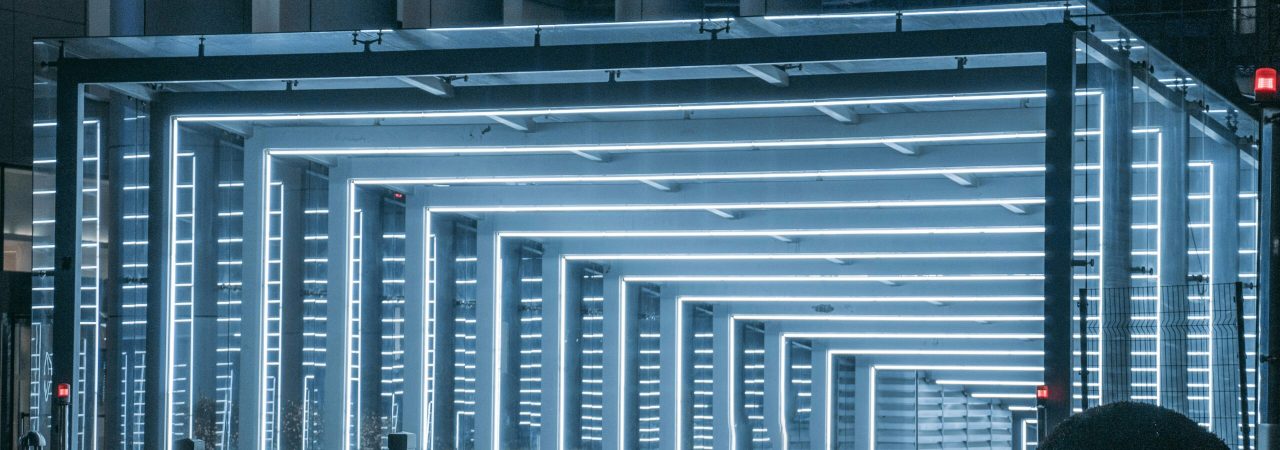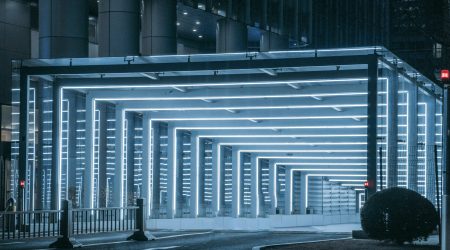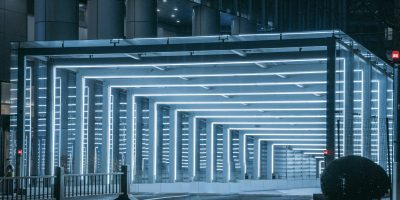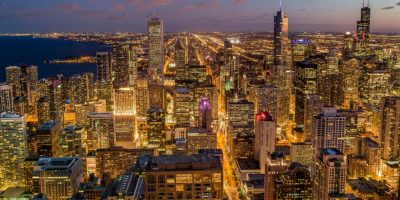Introduction
The lighting industry is transforming, driven by technological advancements and changing consumer preferences. In this article, we’ll explore the latest trends and innovations shaping the future of lighting.
1. Smart Lighting Systems
Smart lighting is no longer a futuristic concept but a present reality. With the integration of IoT (Internet of Things), smart lighting systems offer unparalleled convenience and energy efficiency. These systems can be controlled remotely via smartphones or voice assistants, allowing for customizable lighting schedules and ambiance settings.
- Remote Control: Users can adjust lighting settings from anywhere, whether at home, at work, or on vacation.
- Automation: Smart lights can be programmed to turn on or off at specific times, mimic occupancy when you’re away, or change colors based on the time of day.
- Integration with Smart Home Devices: Smart lighting can sync with other smart home devices, such as thermostats, security systems, and entertainment systems, for a seamless smart home experience.
2. Energy-Efficient Solutions
The push for sustainability has led to significant advancements in energy-efficient lighting solutions. LED technology continues to evolve, offering higher efficiency, longer lifespans, and better light quality. Additionally, innovations in solar-powered lighting are making it possible to reduce dependency on the grid.
- LED Advancements: Modern LEDs are more efficient, producing more light per watt and offering various color temperatures to suit different environments.
- Solar-Powered Lighting: Advanced solar technology and battery storage have made solar-powered lights more reliable and efficient, ideal for outdoor and remote applications.
- Energy Savings: Switching to energy-efficient lighting can significantly reduce electricity bills and lower carbon footprints.
3. Human-Centric Lighting
Human-centric lighting (HCL) focuses on the impact of light on human well-being. HCL aims to improve mood, productivity, and sleep patterns by mimicking natural light cycles. This approach is particularly beneficial in workplaces, schools, and healthcare facilities.
- Circadian Rhythm: HCL supports natural circadian rhythms by adjusting light intensity and color temperature throughout the day.
- Health Benefits: Proper lighting can reduce eye strain, improve concentration, and promote better sleep.
- Applications: HCL is used in various settings, such as offices to enhance productivity, in schools to support learning, and in hospitals to aid patient recovery.
4. Advanced Lighting Controls
Advanced lighting controls, including motion sensors and daylight harvesting systems, are becoming increasingly popular. These controls automatically adjust lighting levels based on occupancy and natural light availability, enhancing energy savings and user comfort.
- Motion Sensors: Lights turn on or off based on room occupancy, reducing wasted energy.
- Daylight Harvesting: Systems adjust artificial lighting based on the amount of natural light, ensuring optimal illumination levels while saving energy.
- Dimmers and Timers: These controls provide flexibility in lighting intensity and operation schedules, enhancing user control and comfort.
Lighting design is as much about aesthetics as it is about functionality.
5. Aesthetic Innovations
Lighting design is as much about aesthetics as it is about functionality. New materials, shapes, and colors are introduced, allowing for more creative and personalized lighting solutions. From minimalist designs to statement fixtures, the possibilities are endless.
- Minimalist Designs: Sleek, unobtrusive fixtures that blend seamlessly with modern interiors.
- Statement Fixtures: Bold, artistic lighting pieces that serve as focal points in a room.
- Customizable Options: Modular and customizable fixtures that allow for personalized design and configuration.
6. Integration with Ceiling Fans
Ceiling fans with integrated lighting are gaining traction as multi-functional fixtures. These products combine the benefits of air circulation and illumination, making them ideal for both residential and commercial spaces. Smart ceiling fans that can be controlled via apps or voice assistants add another convenience layer.
- Multi-Functionality: Combining lighting and air circulation in one fixture saves space and adds functionality.
- Smart Control: Users can control the fan and light settings through a single app or voice command.
- Design Options: Available in various styles and finishes to complement different interior designs.
7. The Role of Lighting in Smart Cities
As cities become smarter, the role of lighting in urban infrastructure is expanding. Smart street lighting systems with sensors and cameras enhance public safety, reduce energy consumption, and support various smart city applications.
- Public Safety: Smart streetlights with integrated cameras and sensors can monitor traffic, detect incidents, and enhance security.
- Energy Efficiency: Automated dimming and brightening based on real-time data reduce energy consumption.
- Data Collection: Streetlights can serve as nodes for collecting environmental data (e.g., air quality, noise levels) to inform city planning and management.





